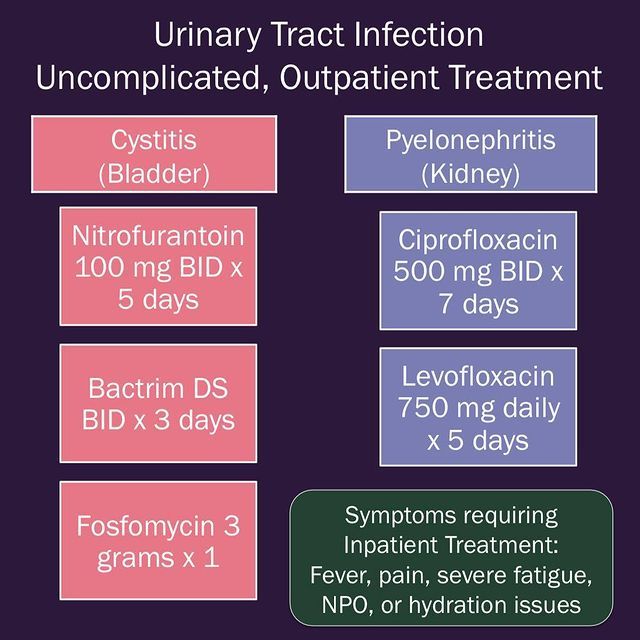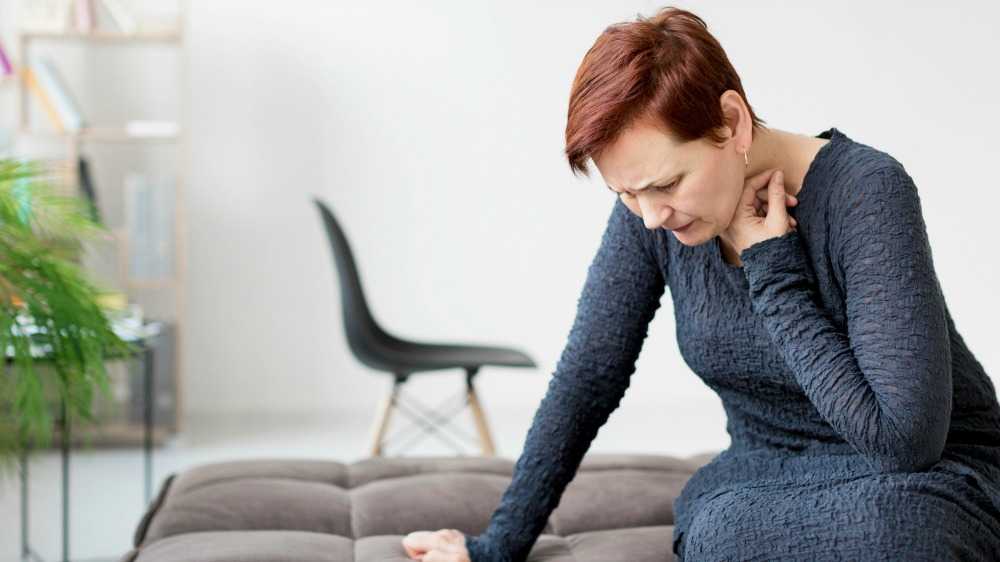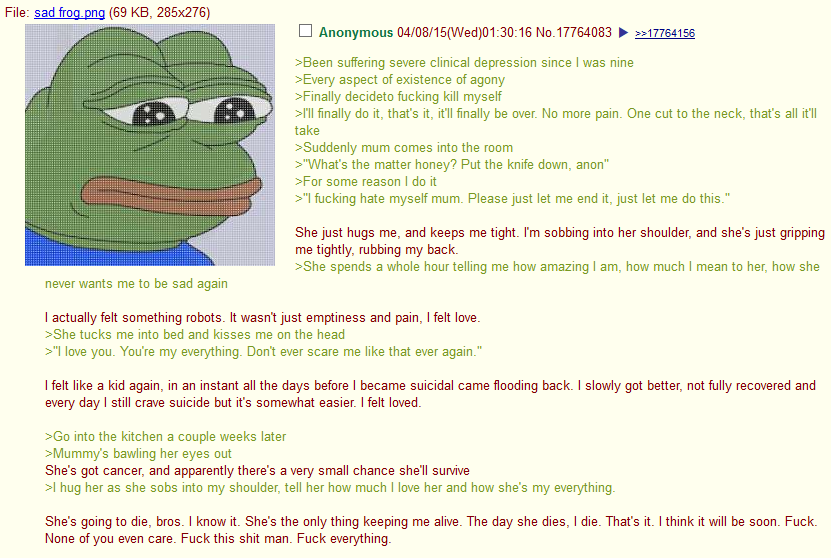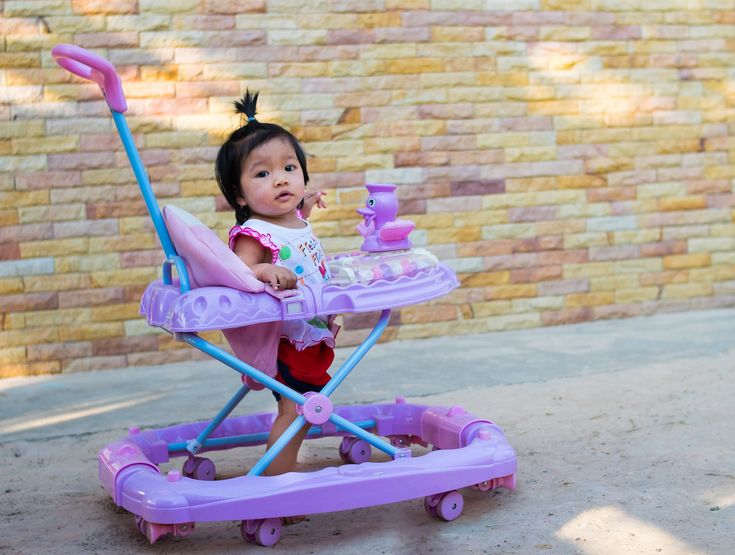Symptoms of a urinary tract infection in toddlers
Urinary tract infection (UTI) in children
Urinary tract infections (UTIs) in children are fairly common, but not usually serious. They can be effectively treated with antibiotics.
A UTI may be classed as either:
- an upper UTI – if it's a kidney infection or an infection of the ureters, the tubes connecting the kidneys to the bladder
- a lower UTI – if it's a bladder infection (cystitis) or an infection of the urethra, the tube that carries urine from the bladder out of the body
When to seek medical advice
If you think your child is unwell and could have a UTI, contact your GP as soon as possible.
Although UTIs aren't normally a serious type of infection, they should be diagnosed and treated quickly to reduce the risk of complications.
Symptoms of a UTI in children
It can be difficult to tell whether your child has a UTI, as the symptoms can be vague and young children can't easily communicate how they feel.
General signs that may suggest your child is unwell include:
- a high temperature (fever)
- vomiting
- tiredness and lack of energy (lethargy)
- irritability
- poor feeding
- not gaining weight properly
- in very young children, yellowing of the skin and whites of the eyes (jaundice)
More specific signs that your child may have a UTI include:
- pain or a burning sensation when peeing
- needing to pee frequently
- deliberately holding in their pee
- a change in their normal toilet habits, such as wetting themselves or wetting the bed
- pain in their tummy (abdomen), side or lower back
- unpleasant-smelling pee
- blood in their pee
- cloudy pee
Diagnosing UTIs in children
In most cases, your GP can diagnose a UTI by asking about your child's symptoms, examining them, and arranging for a sample of their pee to be tested.
Treatment usually begins soon after a urine sample has been taken, and your child won't need any further tests.
In a few circumstances, further tests may be needed in hospital to check for abnormalities. Your GP may refer you straight to hospital if your child is very young.
Read more about diagnosing UTIs in children
Causes of UTIs in children
Most UTIs in children are caused by bacteria from the digestive system entering the urethra.
There are many ways this can happen, including:
- when a child wipes their bottom and soiled toilet paper comes into contact with their genitals – this is more of a problem for girls than boys because girls' bottoms are much nearer the urethra
- babies getting small particles of poo in their urethra when they soil their nappies – particularly if they squirm a lot when being changed
There's often no obvious reason why some children develop UTIs and others don't.
However, some children may be more vulnerable to UTIs because of a problem with emptying their bladder, such as:
- constipation – this can sometimes cause part of the large intestine to swell, which can put pressure on the bladder and prevent it emptying normally
- dysfunctional elimination syndrome – a relatively common childhood condition where a child "holds on" to their pee, even though they have the urge to pee
- vesicoureteral reflux – an uncommon condition where urine leaks back up from the bladder into the ureters and kidneys; this occurs as a result of a problem with the valves in the ureters where they enter the bladder
Treating UTIs in children
Most childhood UTIs clear up within 24 to 48 hours of treatment with antibiotics and won't cause any long-term problems.
In many cases, treatment involves your child taking a course of antibiotic tablets at home.
As a precaution, babies under three months old and children with more severe symptoms are usually admitted to hospital for a few days to receive antibiotics directly into a vein (intravenous antibiotics).
Read more about treating UTIs in children
Preventing UTIs in children
It isn't possible to prevent all childhood UTIs, but there are some things you can do to reduce the risk of your child getting one.
The following advice may help:
- if possible, exclusively breastfeed your baby for the first six months after they're born – this can help improve your baby's immune system and reduce their risk of constipation
- encourage girls to wipe their bottom from front to back – this helps to minimise the chances of bacteria entering the urethra
- make sure your child is well hydrated and goes to the toilet regularly – not urinating regularly and "holding in" urine can make it easier for bacteria to infect the urinary tract
- avoid nylon and other types of synthetic underwear – these can help promote the growth of bacteria; loose-fitting cotton underwear should be worn instead
- avoid using scented soaps or bubble baths – these can increase your child's risk of developing a UTI
- take steps to reduce your child's risk of constipation – make sure they drink enough to keep their urine pale and clear during the day, and speak to your GP about medications that can help if constipation is a persistent problem
Some people feel that drinking cranberry juice or taking cranberry supplements can help reduce their risk of UTIs.
However, recent high-quality research into these claims found little evidence to suggest cranberries have a significant impact on your chances of developing a UTI.
Recurrent UTIs in children
A small number of children have recurring UTIs. If your child's had a UTI before, it's important that both of you watch for the return of any associated symptoms.
Tell your GP about any symptoms as soon as possible so a diagnosis can be confirmed and treatment can begin.
If your child has a problem that increases their risk of UTIs, such as faulty valves that allow urine to flow the wrong way, they may be prescribed low-dose antibiotics as a long-term measure to prevent further infections.
Urinary Tract Infections (UTI) in Children
What is a urinary tract infection (UTI) in children?
A urinary tract infection is inflammation of part of the system that takes urine out of the body. It’s caused by bacteria. The urinary tract includes the two kidneys. They remove liquid waste from the blood in the form of urine. Narrow tubes (ureters) carry urine from the kidneys to the bladder. Urine is stored in the bladder. When the bladder is emptied, the urine travels through a tube called the urethra and passes out of the body. Bacteria can infect any part of this system.
They remove liquid waste from the blood in the form of urine. Narrow tubes (ureters) carry urine from the kidneys to the bladder. Urine is stored in the bladder. When the bladder is emptied, the urine travels through a tube called the urethra and passes out of the body. Bacteria can infect any part of this system.
What causes a UTI in a child?
Normal urine contains water, salts, and waste products. It is free of germs such as bacteria, viruses, and fungi. An infection happens when germs enter the urethra, travel up to the bladder, ureters, and kidneys, and begin to grow. Most infections are caused by bacteria from the digestive tract. The most common is Escherichia coli (E. coli) bacteria. These normally live in the colon.
Which children are at risk for a UTI?
A UTI is not common in children younger than age 5. A UTI is much more common in girls. This is because they have a shorter urethra. A UTI is unlikely in boys of any age.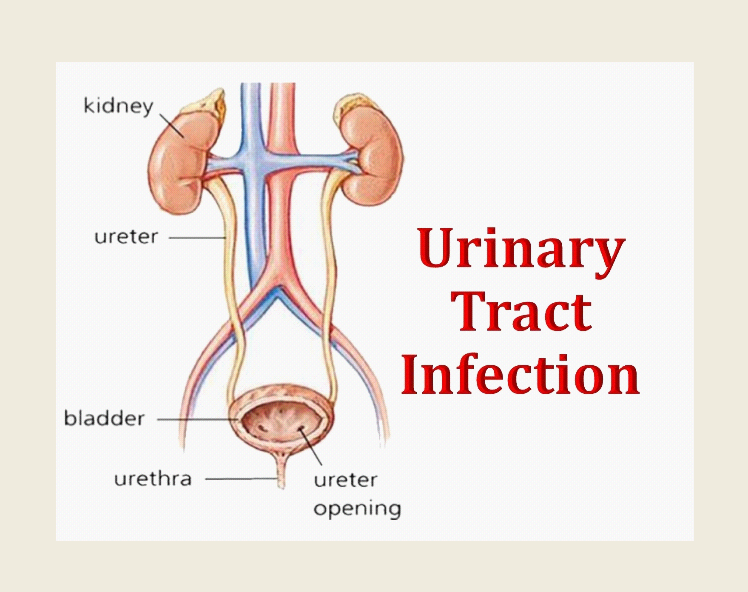 But it can occur in boys if part of the urinary tract is blocked. Uncircumcised boys are more at risk for a UTI than circumcised boys. A child with a part or full blockage in the urinary tract is more likely to develop a UTI.
But it can occur in boys if part of the urinary tract is blocked. Uncircumcised boys are more at risk for a UTI than circumcised boys. A child with a part or full blockage in the urinary tract is more likely to develop a UTI.
What are the symptoms of a UTI in a child?
Symptoms can occur a bit differently in each child.
Symptoms in babies can include:
- Fever
- Bad-smelling urine
- Irritability
- Crying
- Fussiness
- Vomiting
- Poor feeding
- Diarrhea
Symptoms in children can include:
- Sudden need to urinate
- Need to urinate often
- Loss of control of urine (incontinence)
- Pain while urinating
- Trouble urinating
- Pain above the pubic bone
- Blood in the urine
- Bad-smelling urine
- Nausea and vomiting
- Fever
- Chills
- Pain in the back or side below the ribs
- Tiredness
The symptoms of a UTI can seem like other health conditions.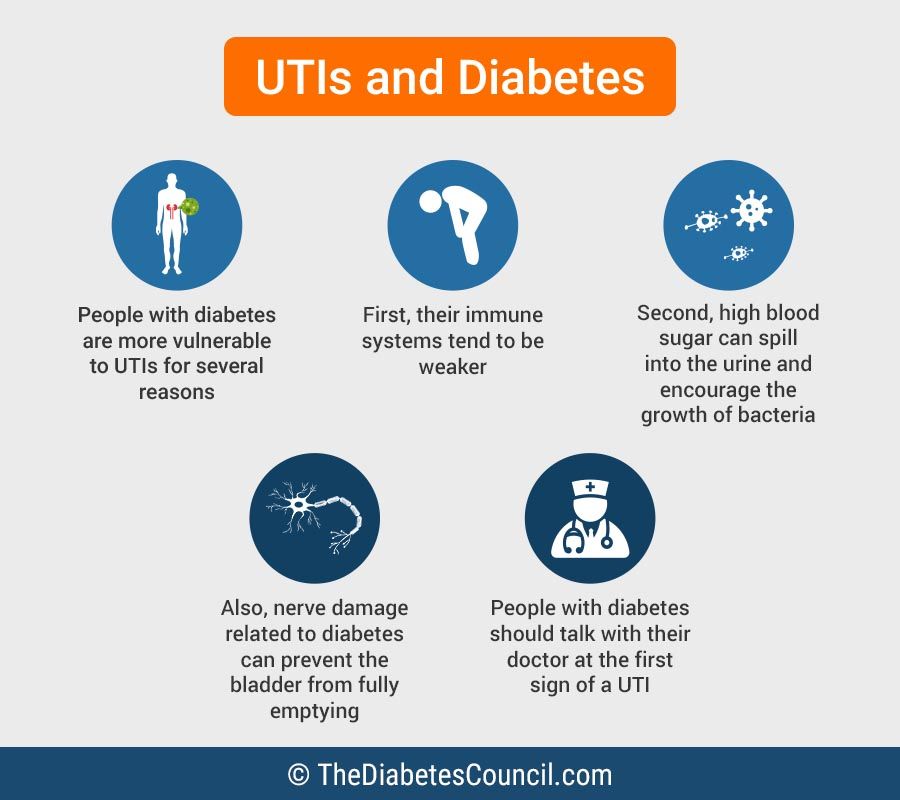 Make sure your child sees his or her healthcare provider for a diagnosis.
Make sure your child sees his or her healthcare provider for a diagnosis.
How is a UTI diagnosed in a child?
The healthcare provider will ask about your child’s symptoms and health history. The provider will give your child a physical exam. Your child may also have tests, such as:
- Urine testing. This is also known as urinalysis. Your child’s urine is sent to a lab to check for red blood cells, white blood cells, bacteria, protein, and signs of infection. The urine will also be sent for a culture and sensitivity. This is done to figure out what type of bacteria is causing the infection and what medicine is best to treat the infection.
- Kidney ultrasound. This is a painless imaging test. It uses sound waves and a computer to make images of blood vessels, tissues, and organs. It can show internal organs as they function and can assess blood flow through vessels. A boy with a UTI or a girl younger than age 5 or 6 may need this test.

- Voiding cystourethrogram (VCUG). This is a type of X-ray of the urinary tract. A thin, flexible tube (catheter) is put in the tube that drains urine from the bladder to the outside of the body (the urethra). The bladder is filled with a liquid dye. X-ray images are taken as the bladder fills and empties. The images will show if there is any reverse flow of urine into the ureters and kidneys.
How is a UTI treated in a child?
Treatment will depend on your child’s symptoms, age, and general health. It will also depend on how severe the condition is. Treatment may include:
- Antibiotic medicine
- A heating pad or medicines to relieve pain
- Drinking plenty of water
Your child's healthcare provider may want to see your child back again a few days after treatment starts to see how treatment is working.
Talk with your child’s healthcare providers about the risks, benefits, and possible side effects of all treatments.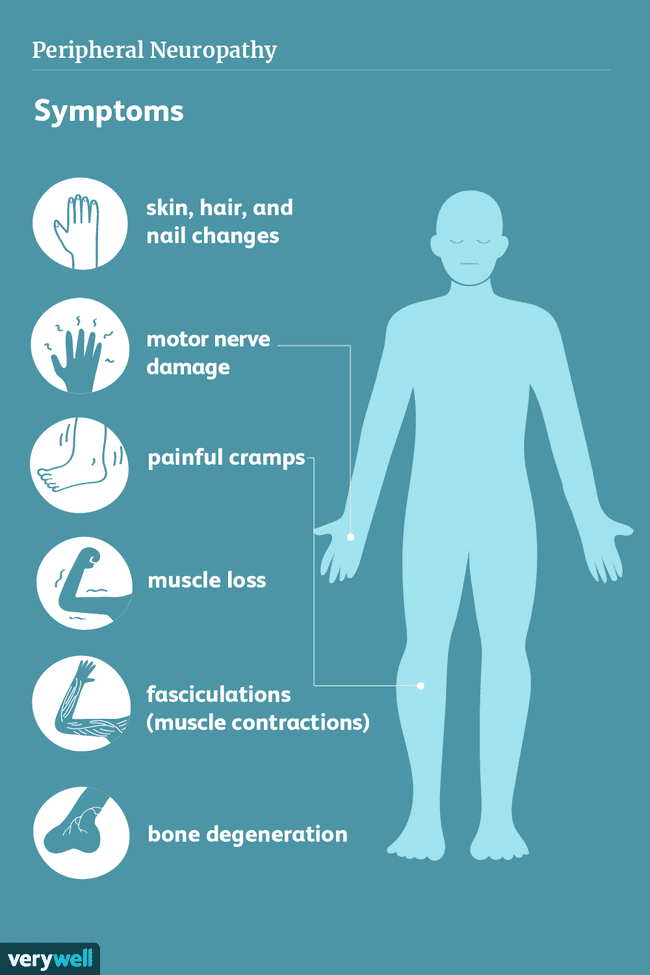
How can I help prevent a UTI in my child?
You can help prevent UTIs in your child if you:
- Make sure your child drinks plenty of fluids
- Tell your child to empty his or her bladder fully when urinating
- Teach girls to wipe from the front to back after going to the bathroom
- Make your child doesn’t get constipated
When should I call my child’s healthcare provider?
Call the healthcare provider if your child has:
- Symptoms that don’t get better, or get worse
- New symptoms
Key points about a UTI in children
- A urinary tract infection is inflammation of part of the system that takes urine out of the body.
- Most infections are caused by bacteria from the digestive tract. The most common is Escherichia coli (E. coli) bacteria. These normally live in the colon.
- A UTI is not common in children younger than age 5. A UTI is much more common in girls because they have a shorter urethra.
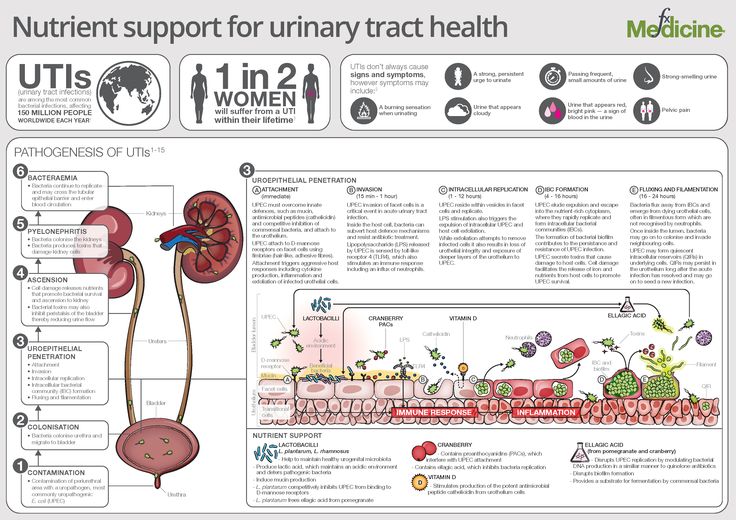
- A UTI is unlikely in boys of any age, unless part of the urinary tract is blocked. Uncircumcised boys are more at risk for a UTI than circumcised boys.
- Symptoms vary by age, and can include fever, need to urinate often, pain, and crying.
Next steps
Tips to help you get the most from a visit to your child’s healthcare provider:
- Know the reason for the visit and what you want to happen.
- Before your visit, write down questions you want answered.
- At the visit, write down the name of a new diagnosis, and any new medicines, treatments, or tests. Also write down any new instructions your provider gives you for your child.
- Know why a new medicine or treatment is prescribed and how it will help your child. Also know what the side effects are.
- Ask if your child’s condition can be treated in other ways.
- Know why a test or procedure is recommended and what the results could mean.
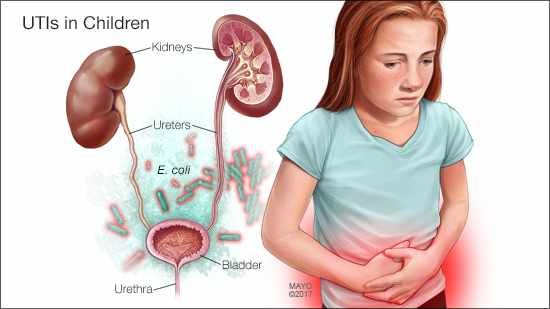
- Know what to expect if your child does not take the medicine or have the test or procedure.
- If your child has a follow-up appointment, write down the date, time, and purpose for that visit.
- Know how you can contact your child’s provider after office hours. This is important if your child becomes ill and you have questions or need advice.
Recommendations - Nefteyugansk regional hospital
Version for the visually impaired
- Main
- About the hospital
- About the hospital
- Institution structure
- Structure
- Neurological department
- Surgical Department
- Gynecological Department
- Dental department
- Therapeutic department
- Reception
- Department of Clinical and Laboratory Diagnostics
- Radiology department
- Department of Functional Diagnostics
- Emergency Department
- Operating mode
- Emergency Department
- Cabinet of medical prevention
- Department of Paid Services
- Medical news
- Jobs
- Advertisements
- Regulations
- State task
- Reviews
- Information about medical workers
- SOUT documents
- Trade Union
- Patients
- Hotlines
- Hotlines
- Medical assistance
- Sample applications
- Medical examination
- Vaccinal prophylaxis
- Drug supply
- Orders, rules, certificates
- Anti-corruption
- Child and adolescent health
- Information for citizens in the field of CHI
- Social support of the population
- Spa treatment
- Information for citizens in need of pain relief
- Preferential dentures
- Frequently Asked Questions
- Paid services
- Schedule of visits of medical specialists mobile team for 2022
- Circle of Kindness Foundation
- Medical assistance
- Sample Applications
- Clinical examination
- Vaccination
- Drug supply
- Orders, rules, references
- Anti-corruption
- Child and adolescent health
- Information for citizens in the field of CHI
- Social support of the population
- Spa treatment
- Information for citizens in need of pain relief
- Preferential dentures
- Frequently Asked Questions
- Paid services
- Schedule of visits of medical specialists mobile team for 2022
- Circle of Kindness Foundation
- Hotlines
- Specialists
- Integrated safety requirements
- Yugra Health Workers Association
- Anti-corruption
- State Guarantee Program
- Guidelines
- Pay Regulations
- Competition for the personnel reserve
- Useful information
- Prayer room of the institution
- Social work with children with disabilities
- Crisis counseling
- Cancer prevention
- Mediation Service
- Passing medical examinations
- Legal education and safety of minors
- Prevention
- Reminders for parents
- School for training caregivers of seriously ill people
- Career guidance.
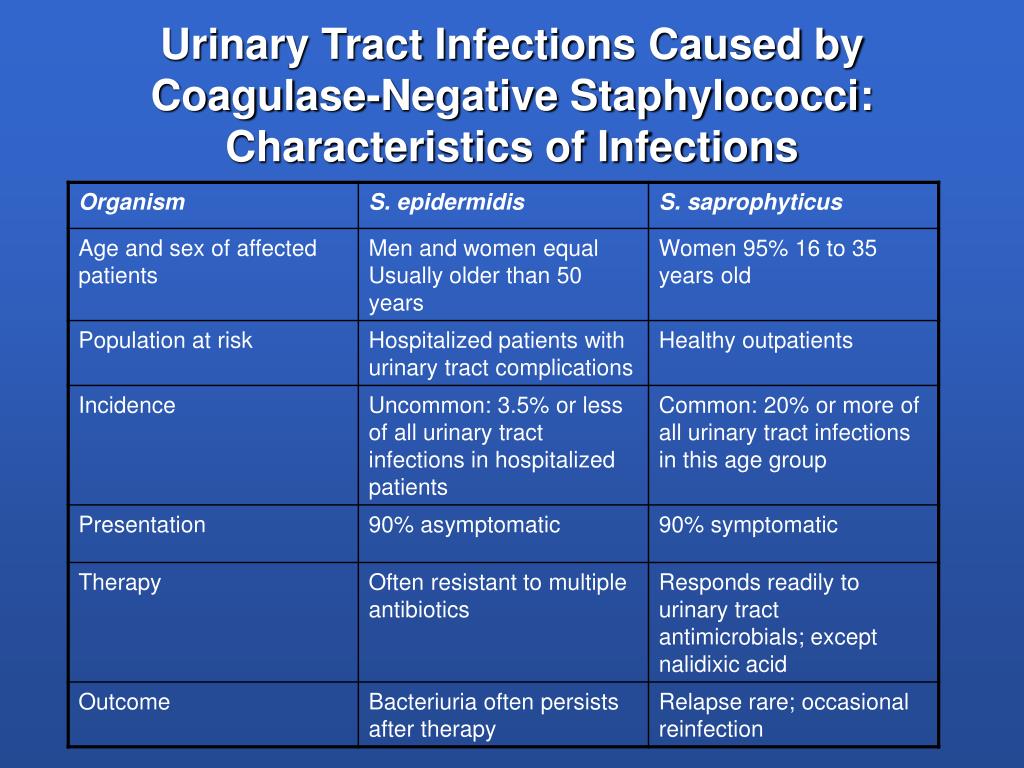 Targeted learning. Employment of graduates.
Targeted learning. Employment of graduates. - Reminders
- Unified portal of public services
- Supervisory and higher authorities
- Procedures for the provision of medical care to the population
- Anti-doping control
- Video archive
- Contacts
-
6 December 2021 / Monday
Abuse of a woman or domestic violence
-
9 November 2021 / Tuesday
Denture Care
-
26 October 2021 / Tuesday
Child suicide - cry for help
-
26 October 2021 / Tuesday
Parent's Guide to Preventing Teenage Suicide
-
26 October 2021 / Tuesday
Suicidal Behavior Prevention Aid for Adolescents
-
24 May 2021 / Monday
What does a young cyclist need to know?
-
22 April 2021 / Thursday
10 rules for the prevention of intestinal infection
-
21 April 2021 / Wednesday
Stop Stroke
-
9 April 2021 / Friday
Unified social psychological service "Hotline" in Khanty-Mansiysk Autonomous Okrug-Yugra holds an action "Domestic Violence: A Cry for Help Behind a Closed Door"
-
29 Martha 2021 / Monday
Spring - the long-awaited renewal of nature, bright sun, blue sky, drops from roofs, streams .
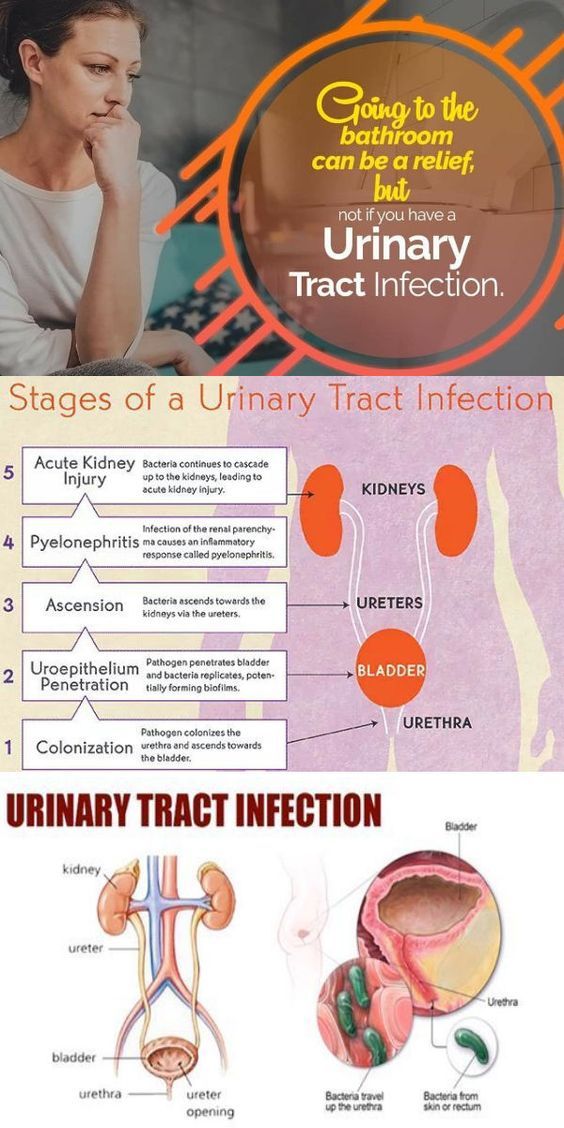 ..
..
-
ten Martha 2021 / Wednesday
Proper brushing of teeth
-
twenty February 2021 / Saturday
Child injury prevention in winter
-
twenty February 2021 / Saturday
How to keep children safe from winter injuries
-
eight February 2021 / Monday
February 8 - International Epilepsy Day
-
eight February 2021 / Monday
Prevention of cancer in women
-
3 February 2021 / Wednesday
Prevention of cancer in men
-
2 February 2021 / Tuesday
From February 1 to February 28, the Unified Socio-Psychological Service "Hotline" In Khanty-Mansiysk Autonomous Okrug - Yugra, holds an action "Crisis of Love"
-
one February 2021 / Monday
Beaten woman.
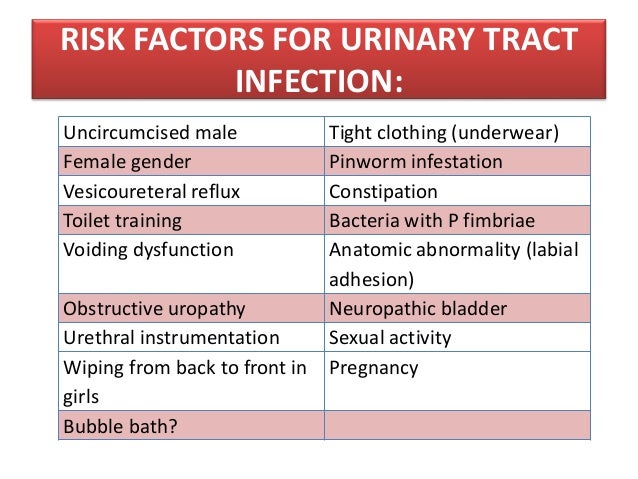 Woman Abuse Syndrome
Woman Abuse Syndrome
-
3 December 2020 / Thursday
First aid leaflet for signs of an overdose of narcotic drugs, psychotropic substances
-
eighteen February 2020 / Tuesday
Rules for the use of a medical mask
- Previous
- 1
- 2
- 3
- 4
- 5
- .
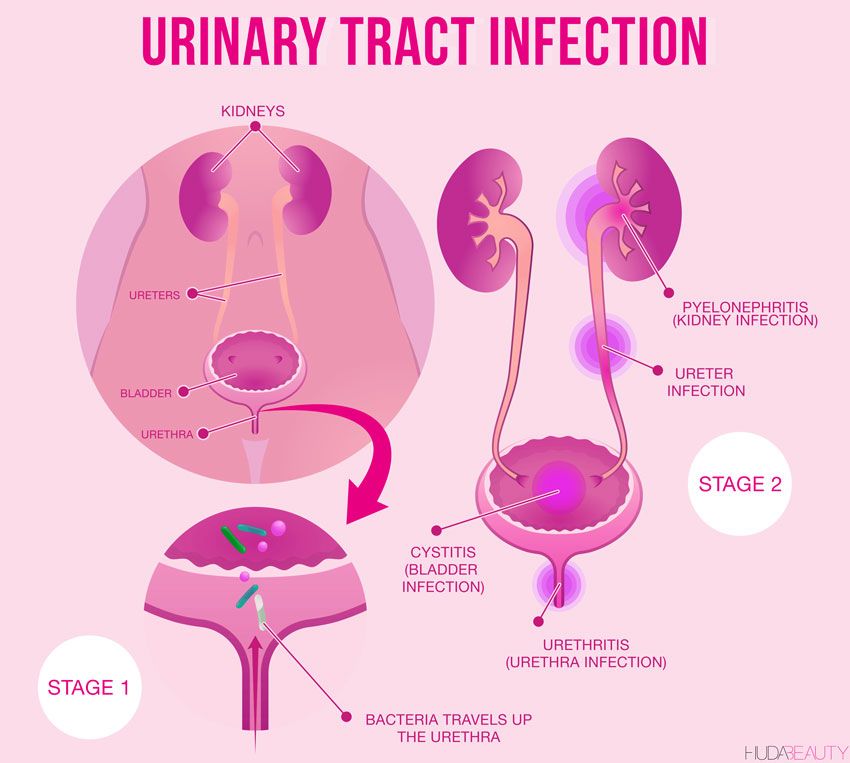 ..
.. - 11
- Next
Medical advice for doctors | Remedium.ru
11/24/2022
Lecture: Trajectory of a cough
We present to your attention a lecture for pediatricians and otorhinolaryngologists "Cough trajectory"
More
11/24/2022
Topical Treatment of Acute Rhinosinusitis in the Age of COVID-19
A.A. Krivopalov, S.V. Ryazantsev, V.V. Turiyeva, A.E. Golovanov ; St. Petersburg Research Institute of Ear, Throat, Nose and Speech
Introduction . Acute rhinosinusitis occupies from 40 to 60% of the incidence in the structure of ENT pathology. The causative agent of COVID-19 is similar to others...
The causative agent of COVID-19 is similar to others...
More
11/23/2022
Efficacy of dornase alfa as part of basic therapy in children with cystic fibrosis during the COVID-19 pandemic
O.I. Simonova 1.2 , Yu.V. Gorinova 1 , A.S. Chernyavskaya 1.2 ; 1 National Research Center for Children's Health, 2 First Moscow State Medical University. THEM. Sechenov
In the article, the authors presented an overview of the results of international clinical trials and recent publications, as well as their own experience in the use of the enzymatic mucolytic - dornase alfa ...
More
11/22/2022
Gum inflammation: symptoms, causes, treatment
Gum disease, mainly gingivitis and periodontitis, is a common dental condition that affects the supporting structures of the teeth, including the gum, cementum, periodontal ligament, and alveolar bone. In severe and advanced cases, gum disease can cause tooth loss...
In severe and advanced cases, gum disease can cause tooth loss...
More
11/21/2022
Evaluation of the impact of a special sound signal on the functional state of the hearing organ (experimental study)
V.V. Dvoryanchikov 1 , M.S. Kuznetsov 2 , S.M. Logatkin 3 , A.E. Golovanov 2 ; 1 St. Petersburg Research Institute of ENT, 2 VMA im. CM. Kirova, 3 GNIIII VM
Introduction. The introduction of special acoustic means into the security system makes it relevant to conduct biomedical research to assess the impact of their impact...
More
11/18/2022
Veneers and Lumineers
Aesthetic and reconstructive dentistry is gaining more and more attention in the 21st century.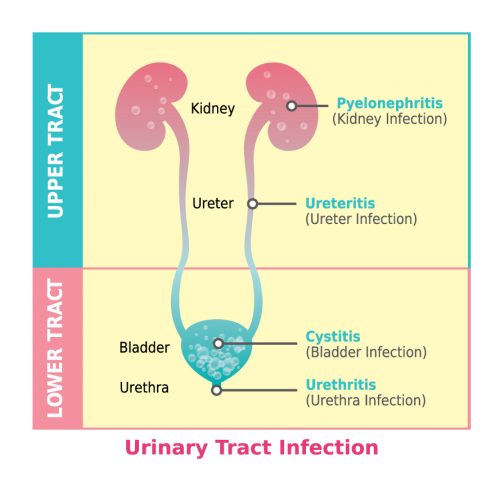 Modern technologies allow you to restore or replace teeth, making them almost indistinguishable from your own. Two important areas are veneers and lumineers, ceramic or porcelain onlays, which, according to ...
Modern technologies allow you to restore or replace teeth, making them almost indistinguishable from your own. Two important areas are veneers and lumineers, ceramic or porcelain onlays, which, according to ...
More
11/17/2022
Protracted bacterial bronchitis: new aspects of the problem based on clinical recommendations of the Ministry of Health of the Russian Federation
IU Taranushenko 1 , S.O. Falaleeva 1 , T.A. Gerasimov 2 ; 1 Krasnoyarsk State Medical University named after Professor V.F. Voyno-Yasenetsky, 2 Research Institute of Medical Problems of the North
In world pediatric practice, protracted bacterial...
More
11/14/2022
Personalized targeted therapy of severe bronchial asthma in combination with polypous rhinosinusitis
I. V. Demko 1.2 , E.A. Sobko 1.2 , N.A. Shestakova 1.2 , A.Yu. Kraposhina 1.2 ; 1 Krasnoyarsk State Medical University named after. prof. V.F. Voyno-Yasenetsky, 2 KKB (Krasnoyarsk)
V. Demko 1.2 , E.A. Sobko 1.2 , N.A. Shestakova 1.2 , A.Yu. Kraposhina 1.2 ; 1 Krasnoyarsk State Medical University named after. prof. V.F. Voyno-Yasenetsky, 2 KKB (Krasnoyarsk)
Bronchial asthma (BA) is an urgent public health problem due to the high prevalence and heterogeneity of the disease. Development and implementation in clinical...
More
11/10/2022
Cervical caries - symptoms and treatment
Dental caries is a biofilm-mediated multifactorial dynamic disease leading to phasic demineralization and remineralization of dental hard tissues. Caries can occur throughout life, both in milk and permanent teeth, can damage the crown of the tooth, ...
More
09.